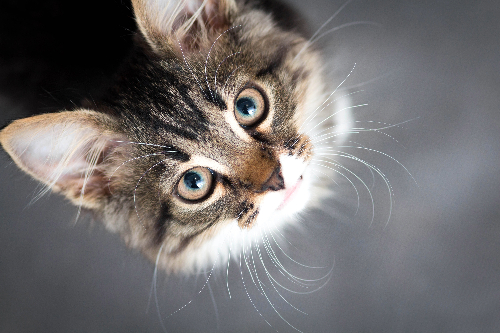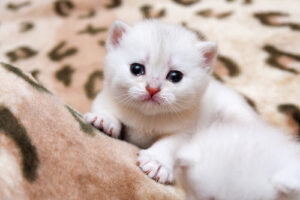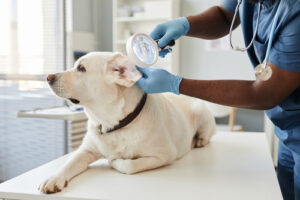Today, we’re diving into the fascinating world of cat whiskers. These aren’t just ordinary facial features; they play a crucial role in your cat’s life. Understanding them better can enhance your care for your feline companion. If you have any questions or need to schedule a check-up for your cat, don’t hesitate to call McGehee Clinic for Animals in Memphis, TN, at (262) 658-3533.
What are Cat Whiskers?
Whiskers, scientifically known as vibrissae, are long, thick, flexible hairs prominently located on a cat’s muzzle, above the eyes, on the chin, and even on the backs of their front legs. Unlike regular fur, whiskers are deeply embedded in the cat’s body, connected to the muscular and nervous system, making them highly sensitive.
The Sensory Powerhouse
Whiskers are extraordinary sensory tools. They are filled with tiny, highly sensitive nerves that help cats detect the slightest changes in their environment. This sensitivity enables them to navigate in darkness, detect prey, and even sense air currents.
Communication and Emotion
Whiskers also play a role in expressing emotions. When a cat is relaxed, its whiskers will be still and sticking out sideways. If they’re pushed forward, your cat might be curious or on the hunt. Pulled back against the face? That’s often a sign of aggression or fear.
The Role of Whiskers in Navigation
One of the most remarkable functions of cat whiskers is navigation. These hairs are roughly as wide as a cat’s body, helping them gauge whether they can fit through narrow spaces. It’s a vital tool, especially at night, as cats are naturally nocturnal animals.
Preventing Collisions
As cats move, their whiskers constantly scan the surroundings. The nerves at the whisker bases send information to the brain about objects’ size, shape, and speed, helping cats avoid obstacles, even in complete darkness.
Sensing Prey and Danger
Beyond navigation, whiskers help in hunting. The sensitivity of these hairs can detect the slightest movement, like the scurrying of a mouse, enabling a cat to accurately pinpoint and catch their prey.
Health and Care of Whiskers
It’s important to remember that whiskers are delicate and should be cared for properly.
- Never Trim Whiskers: Trimming a cat’s whiskers can cause disorientation, stress, and impaired ability to navigate their environment. It’s akin to blinding their sensory perception.
- Provide a Whisker-Friendly Environment: Ensure your cat’s environment is whisker-friendly. Avoid narrow bowls that might cause whisker fatigue, a condition where constantly compressed whiskers lead to stress and discomfort.
- Regular Vet Check-Ups: Regular check-ups at McGehee Clinic for Animals can ensure your cat’s whiskers and overall health are in top condition.
If you notice any issues with your cat’s whiskers, such as breakage or loss, it could indicate a health problem. Call us at (262) 658-3533 to schedule an appointment.
Whisker Fatigue: A Real Concern
Whisker fatigue is a relatively newly recognized condition. It occurs when cats’ whiskers are over-stimulated, often by frequently touching against the sides of their food or water bowls. Symptoms include refusing to eat or drink from their bowls, acting out during meal times, or showing signs of stress.
Preventing Whisker Fatigue
To prevent whisker fatigue, consider using wide, shallow bowls. This will allow your cat to eat and drink without their whiskers touching the bowl sides. Keeping a stress-free feeding environment is key to a happy and healthy cat.
McGehee Clinic for Animals: Your Partner in Feline Health Care
Cat whiskers are more than just facial hair; they are vital sensory tools that help cats interact with their world. By understanding and respecting their role, you can ensure your cat stays happy, healthy, and well-navigated in their environment. Remember, regular vet visits play a significant role in maintaining your cat’s health, including the care of their whiskers. If you have any concerns or questions, or if it’s time for your cat’s next check-up, give us a call at McGehee Clinic for Animals in Memphis, TN, at (262) 658-3533. We’re here to help your cat live its best life!





